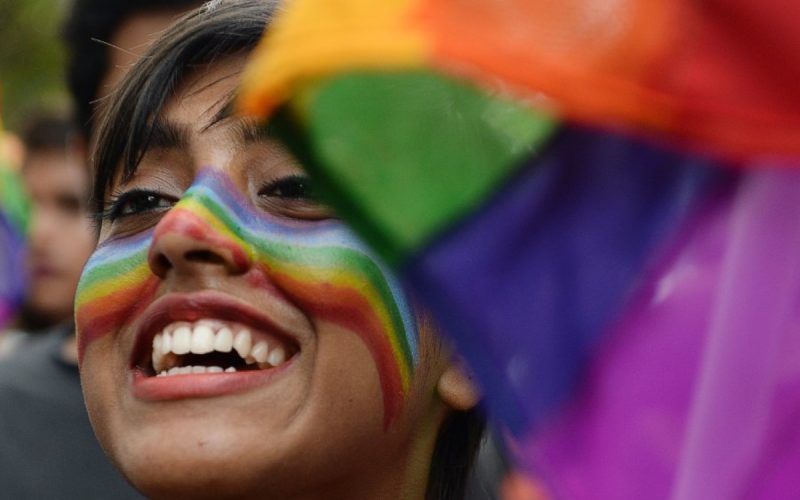A prominent social media platform has recently seen the term “LGBTQ” trending, highlighting a surge in discourse about rights, visibility, and safety for the queer community. This wave of discussion has been propelled by a combination of policy critiques, advocacy efforts, and broader cultural and legislative developments.
The platform, known for its real-time social interaction, has come under fire for its handling of hate speech and misinformation, particularly against transgender, non-binary, and gender non-conforming users. Recent changes or perceived lapses in policy enforcement have led to an outcry over the safety of the platform for marginalized groups. GLAAD’s annual Social Media Safety Index has notably ranked the platform poorly for its protection of the LGBTQ community, citing the rollback of protections against mis-gendering and dead-naming as significant concerns.
The trending topic also reflects real-world political and legislative battles over LGBTQ rights. With new laws and policies being debated and enacted, social media has become a pivotal space for activism, information dissemination, and community support. The visibility of these issues during events like Pride Month has further catalyzed conversations, both of support and opposition, on the platform.
Cultural influences, including media and celebrity endorsements, have also contributed to the trend. When public figures discuss or support LGBTQ issues, or when content with strong queer representation gains popularity, these discussions spill over onto social media, amplifying the trend.
However, the surge in discussions isn’t solely about positive visibility. There’s a palpable tension regarding how the platform manages content that can either empower or endanger its users. The suspension of accounts promoting positive queer narratives, juxtaposed with the trending of anti-trans hashtags, has sparked a debate about the platform’s commitment to free speech versus the necessity of protecting users from harassment and hate.
User sentiment on the platform reflects a broader dissatisfaction with how digital spaces are navigated in terms of identity and safety. There’s an ongoing conversation about whether these platforms inadvertently or deliberately give more visibility to voices that marginalize others, questioning the platform’s direction under its current leadership.
As this social media giant grapples with these issues, the trending of “LGBTQ” serves as a reminder of the platform’s influential role in shaping public discourse, the urgent need for equitable policies, and the community’s relentless pursuit of a safe and inclusive digital environment.





